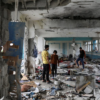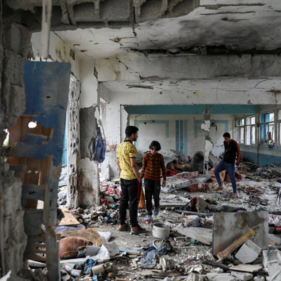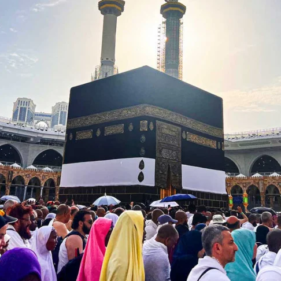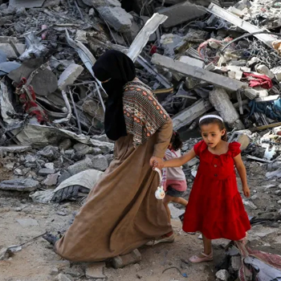The government managed to spend 84.16 per cent of its development budget in the just-concluded fiscal year, way lower than its averages in recent decades, official figures showed yesterday.
The expenditure under the revised Annual Development Programme (ADP) in 2022-23 was even 8.58 percentage points lower than the previous year, according to the data released by the Implementation Monitoring and Evaluation Division (IMED).
Ministries and divisions spent Tk 199,099 crore from the total revised ADP of Tk 236,560 crore. In FY22, it was Tk 203,648 crore.
If the development expenditure made in FY20 and FY21, when the economy witnessed serious disruptions owing to the coronavirus pandemic, was excluded, the spending in FY23 would be the lowest since the fiscal year of 2007-08.
ADP spending usually hovers around 90 per cent.
A lower development outlay was expected in the last fiscal year as the government embraced austerity, prioritising projects and cutting allocation, amid the US dollar crisis and limited fiscal space driven by lower-than-expected revenue collection.
However, the inefficiency of ministries and divisions is often blamed for the country’s failure to hit the ADP targets.
The implementing agencies expended Tk 125,162 crore, which was 81.77 per cent of the Tk 153,066 crore set aside by the government from its own coffer. This was the lowest in at least 19 years, reflecting the focus aimed at belt-tightening.
Owing to a nearly 30 per cent fall in the foreign exchange reserve, the government had planned to speed up the execution of the projects bankrolled by bilateral and multilateral lenders. Still, the utilisation of external loans fell by 2.66 percentage points to 90.40 per cent.
“Initially, it seems to be the effects of the government’s austerity measures,” said Zahid Hussain, a former lead economist of the World Bank’s Dhaka office, while speaking about the fall in ADP spending.
The economist raised the question of whether the austerity measures were implemented properly.
“The aim of the austerity was to tackle the dollar crisis by keeping the demand under control or moving slowly when it comes to importing raw materials for government-funded projects. It was applicable for government projects, not for foreign-funded projects.”
The revised ADP cut the budget for foreign-funded projects in FY23 from the original ones. Still, the government could not reach the target.
“It’s a matter of concern,” said Hussain.
“So, it’s not clear whether the fall in the overall implementation rate is the result of austerity measures or it happened by default.”
He said if the lower ADP implementation rate stemmed from the slower implementation of less priority projects, then it could be said that it was part of cost-cutting measures.
According to Hussain, when the implementation of foreign-funded projects falls, the use of domestic financing also declines since no project is completely bankrolled by external resources.
Fahmida Khatun, executive director of the Centre for Policy Dialogue, a think-tank, said the decrease in the ADP implementation rate is again a reflection of the low capacity of the implementing agencies.
“At a time when we are going through an economic stress, we had expected a higher ADP implementation because public expenditure is needed to create jobs and raise incomes.”
The economist said a slower implementation of foreign-aided projects means a lower disbursement of external funds. “This is not encouraging.”
Among the 15 highest recipients of the development budget, the Energy and Mineral Resources Division was the top performer in FY23 as it spent Tk 417,659 crore, which accounted for 103 per cent of the allocation it had received.
The Bridges Division came second as its ADP execution rate stood at 96.67 per cent while Power Division was at the third position with an outlay of 93 per cent.
On the contrary, the Health Services Division was the worst-performer. Its spending stood at Tk 668,539 crore, representing 68 per cent of the budget.
Other low performers include the Secondary and Higher Education Division and the water resources ministry, with expenditures of 71 per cent and 75.88 per cent, respectively.





 For all latest news, follow The My News’s Google News channel.
For all latest news, follow The My News’s Google News channel. 



